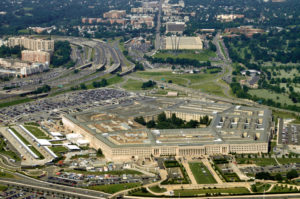
The Senate Armed Services Committee (SASC) approved its mark of the fiscal year 2020 National Defense Authorization Act (NDAA) May 22 with a budget topline of $750 billion. But the bill faces challenges ahead as the committee’s House counterparts plan their own markup next month. While SASC members approved the same topline number as requested in the FY ’20 Presidential Budget unveiled in March, they opted to shift over $97 billion in proposed Overseas Contingency Operations (OCO) funds to the…

 By
By 











